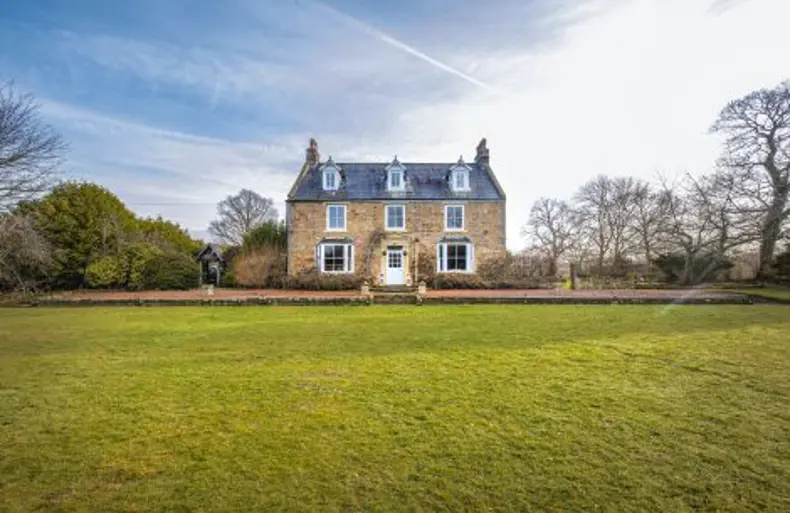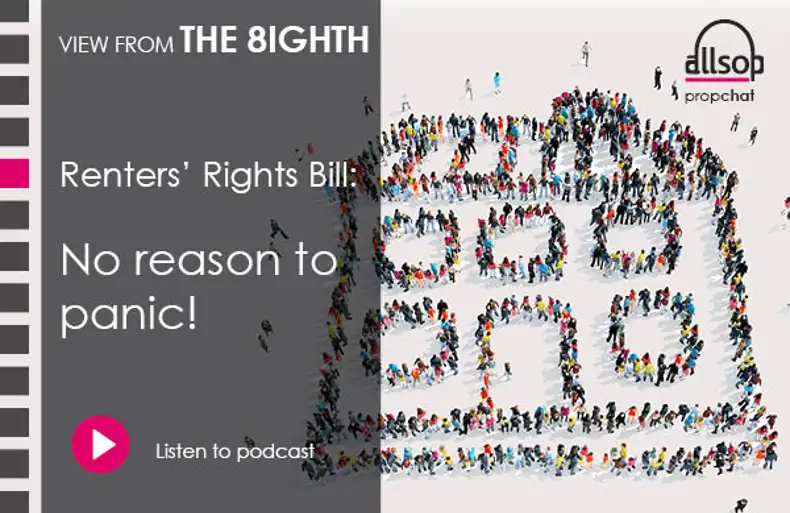Prior to lockdown the ONS reported that UK average house prices increased by 2.1% over the year to March 2020 however, annual price growth ground to a halt with negative annual growth reported by Nationwide in June, for the first time since 2012.
“interest in country houses began to outpace other residential sectors”
Whilst the UK is now in recession for the first time in 11 years, this slump in the economy – the result of lockdown restrictions between April and June – has not been felt by all markets, quite the opposite in fact. In recent years, the higher value country house market has encountered a number of obstacles, with a series of tax changes creating a relatively stagnant market; limiting the level of growth seen since 2015. The result of the general election in December gave the market some newfound confidence thanks to the ‘Boris Bounce’ however within three months of the year when COVID-19 arrived shortly after, this window of opportunity was quickly shortened. However, with COVID-19 arriving three months later, this window of opportunity was cut short.
In the midst of the global pandemic, as the UK went into lockdown, prices dropped across the UK markets. It was however at this moment, for the first time in many years, that interest in country houses began to outpace other residential sectors, seeing elevated levels of interest throughout this period despite economic uncertainty. This activity was fuelled by demand for outside space and the fact that buyers at this level are typically in a financial position to act more swiftly. Once the lockdown restrictions began to ease, activity levels rose quickly as confidence returned to the markets. Another for the ‘escape to the country’ mentality was due to the shift in daily routines: With most of the country working from home, the perception of a need to live within a commutable distance to the office had changed, with many envisaging an ‘escape to the country’.

The lower end of the country house market has also seen increased levels of activity; with the presence of lifestyle buyers becoming increasingly prominent. The Stamp Duty holiday, announced on 8 July, raised the price threshold at which buyers start to pay stamp duty to £500,000 and has encouraged buyers who might otherwise have waited, to buy sooner. Similarly, whilst investors and second homebuyers will still have to pay the HRAD (Higher Rate for Additional Dwellings) the maximum saving of £15,000, could for some buyers reduce their stamp duty bill if purchasing a second home. Country and waterfront markets were relatively busy prior to the COVID-19 pandemic at this level and such incentives, along with changes to how people holiday, can only go further to increase levels of demand in already popular regional locations such as Cornwall and Dorset.
Whilst the top end of the country house market has received a much-needed boost, we are still clearly in an evolving and volatile market. Buyers are paying big prices for quality assets, which are scarce and thus can create competitive bidding; however, whether this can be sustained given the current economic climate is yet to be seen. Limited levels of growth over the past five years has left greater scope for future rises, however if a vaccine is found and a second wave is not felt then buyers may even return to the city, as they begin to feel safe once again. In this instance, if such lifestyle purchasers withdraw from the local markets, the levels of growth seen post lockdown may not be sustainable; with transactions returning to pre-COVID-19 levels.




